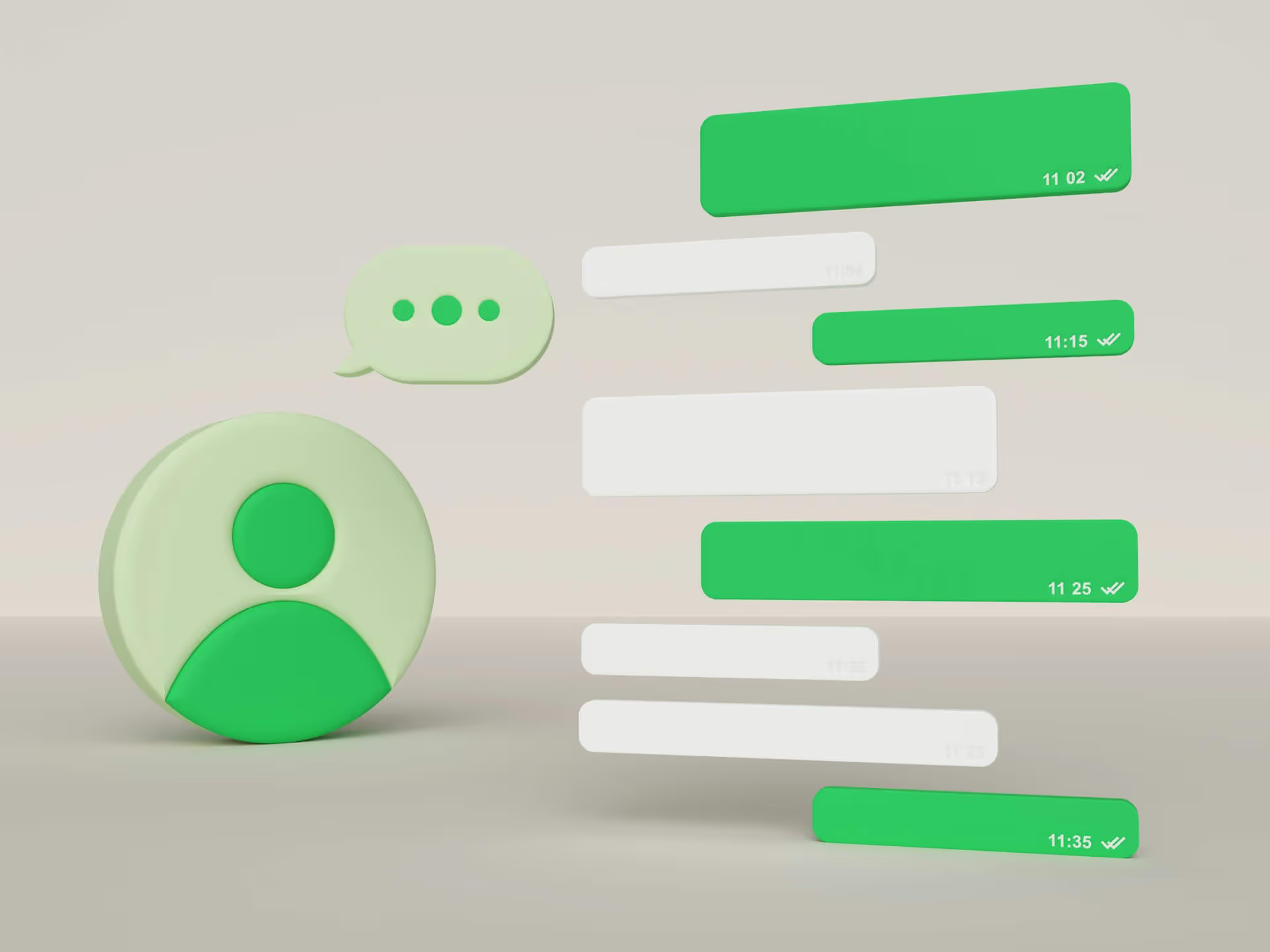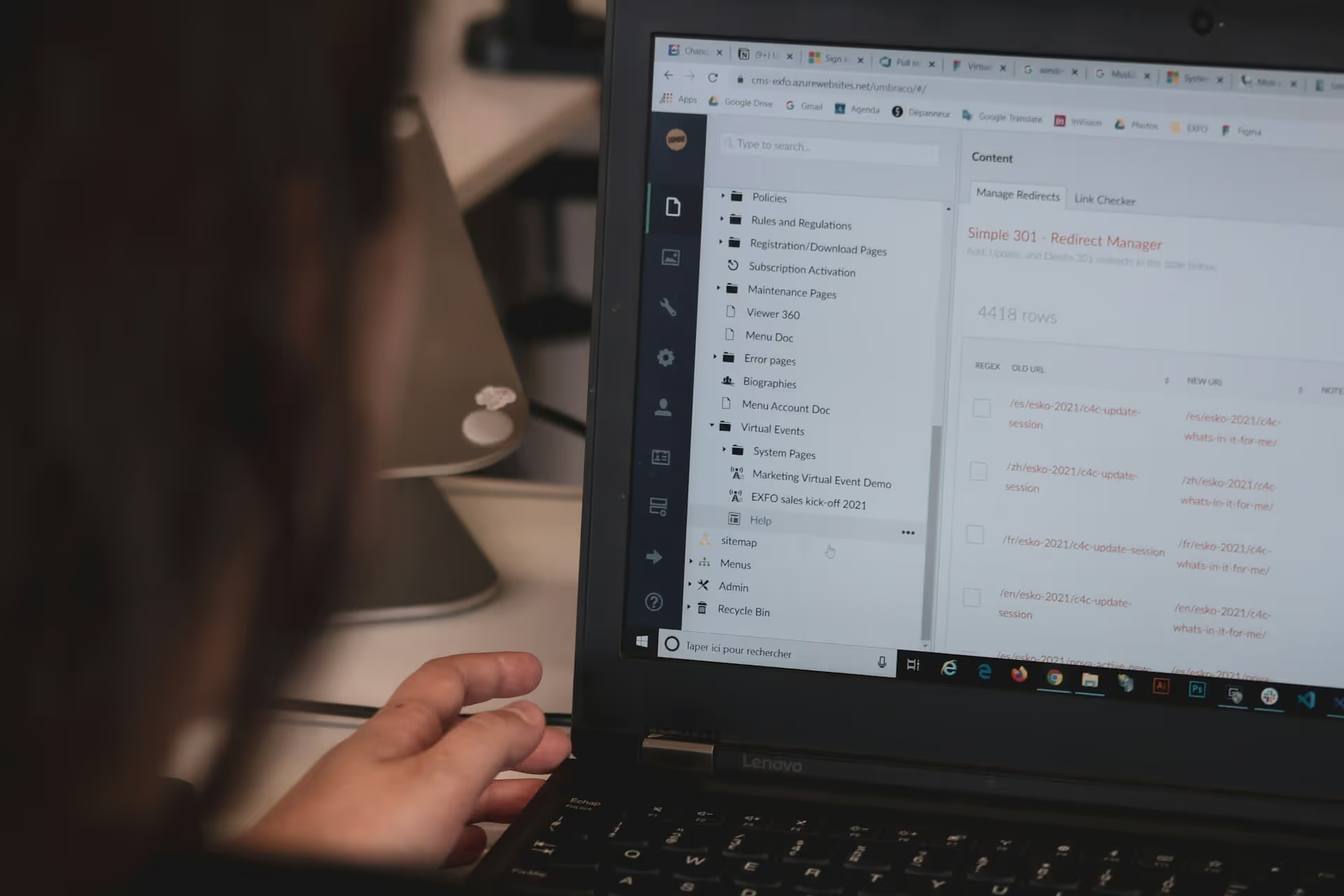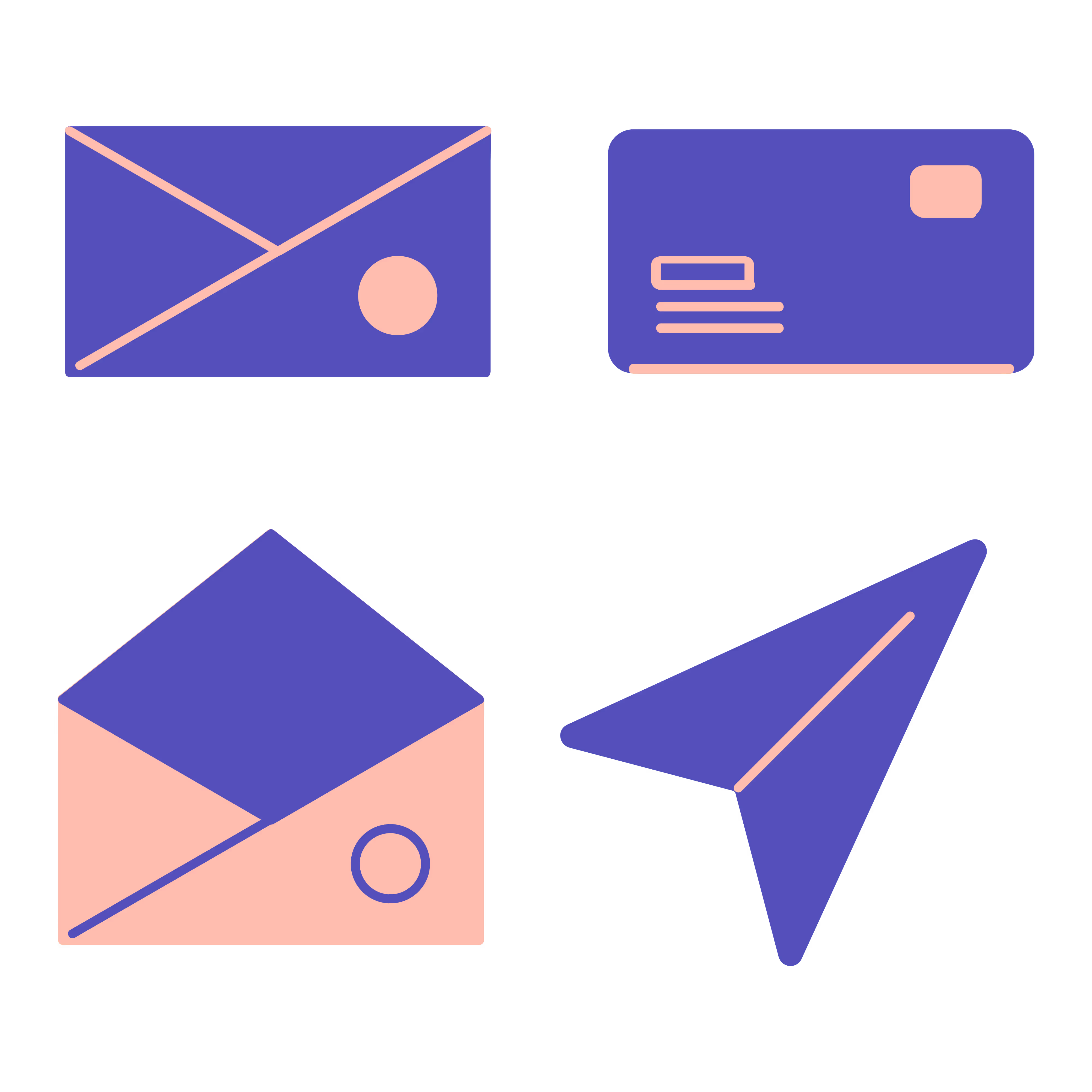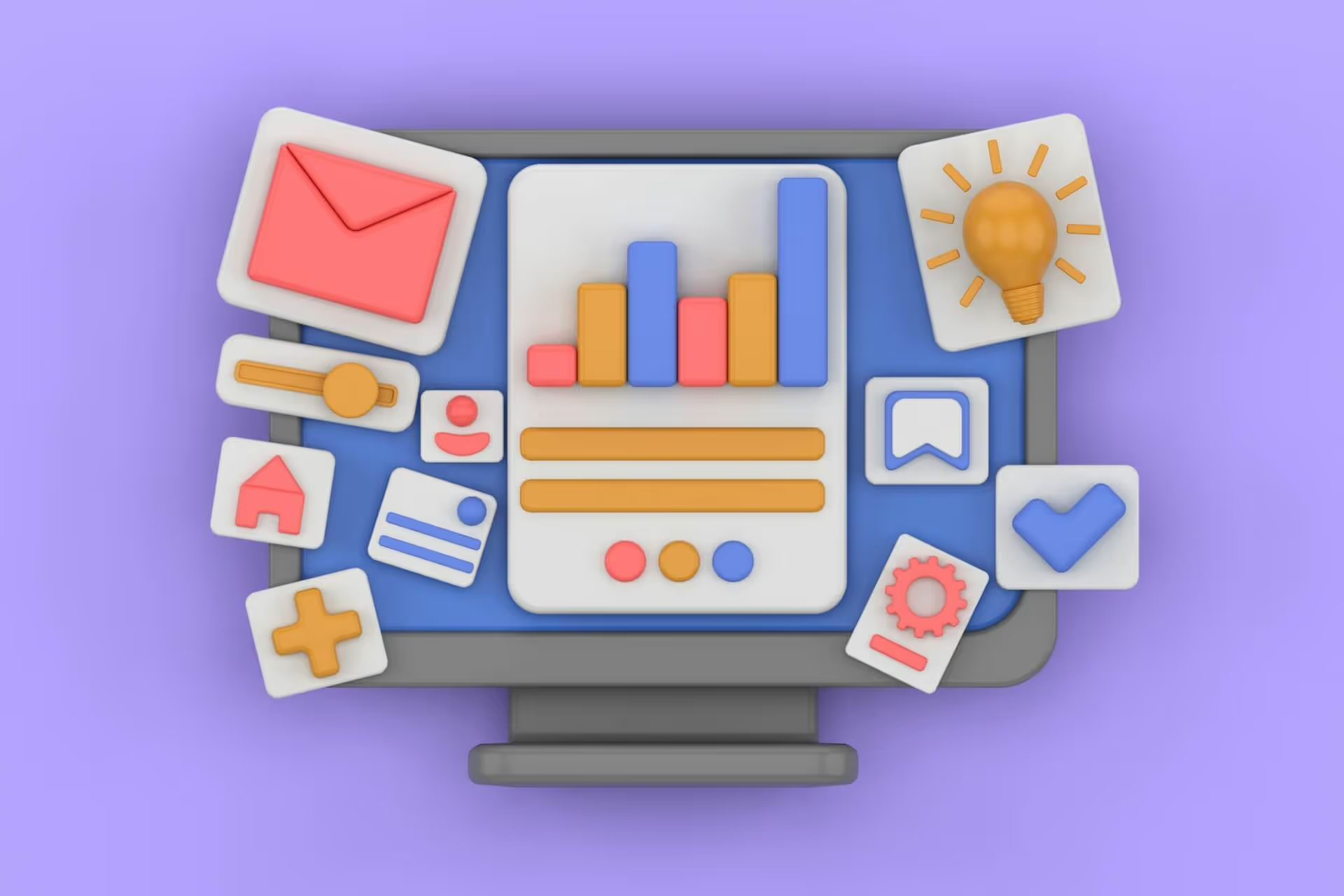What Is AI Lead Generation?
AI-powered lead generation is the practice of using artificial intelligence, like machine learning, natural language processing, and predictive analytics, to detect, qualify, and engage potential customers. By automating tedious tasks like data collection and research, AI-powered solutions free up your time to focus on higher-level strategies and interpersonal connections.
Introduction to AI Lead Generation
AI lead generation is a game-changer for businesses looking to streamline their sales process and increase conversions. By leveraging artificial intelligence, companies can automate manual tasks, personalize outreach, and identify high-quality leads. Imagine having a system that not only collects and analyzes data but also predicts which prospects are most likely to convert. This is the power of AI in lead generation. It allows businesses to focus on strategic decision-making and building relationships, rather than getting bogged down by repetitive tasks. In this section, we’ll explore the basics of and how it can benefit your business.

Understanding the Lead Generation Process
The lead generation process involves several stages, from identifying potential leads to nurturing them through the sales funnel. AI lead generation tools can help with each stage, from data analysis to personalized outreach. Here’s a breakdown of the lead generation process and how AI can enhance it:
- Lead Identification: AI-powered tools can analyze historical data and identify patterns to predict which leads are most likely to convert. By sifting through vast amounts of data, these tools can pinpoint potential leads that align with your Ideal Customer Profile (ICP).
- Lead Qualification: AI can help qualify leads by analyzing their behavior, demographics, and firmographics. This automated lead scoring process ensures that your sales team focuses on high-quality leads, saving time and resources.
- Lead Nurturing: AI-powered tools can personalize outreach and automate email campaigns to nurture leads through the sales funnel. By tailoring messages based on individual preferences and behaviors, AI ensures that each interaction feels personal and relevant.
- Lead Scoring: AI can assign scores to leads based on their behavior and demographics, helping sales teams prioritize high-quality leads. Automated lead scoring uses real-time data to continuously update lead scores, ensuring that your team always has the most accurate information.

Key Benefits of AI-Driven Lead Generation
- Improved Speed: AI sifts through massive datasets in seconds, cutting down on the hours spent manually searching for prospects.
- Enhanced Accuracy: Intelligent algorithms are adept at spotting patterns and signals that human researchers might miss, resulting in more precise targeting.
- Scalability: By handling routine tasks automatically, these solutions make it feasible to communicate with thousands of prospects without losing a personal touch.
- Personalization at Scale: Advanced AI engines use enriched data to customize messaging, ensuring each lead feels directly spoken to, even in bulk outreach.
- Cost Efficiency: When AI tools handle tasks that typically require a dedicated team, you lower labor expenses and free up resources for closing deals.
“The Future of Lead Generation Is AI-Powered Lead Generation.”
While traditional lead generation still works, the shift toward AI solutions is undeniable—and it’s happening quickly. Machine-driven data collection tools can now locate and verify leads in real time, while automated sequencing systems deliver personalized messages to the right inbox at the right moment.
Yet human oversight remains essential. AI can take on repetitive work, but people still excel at building empathy and trust—especially during pivotal deal-closing moments. Finding the perfect balance means you can leverage the scalability of AI while ensuring each lead feels genuinely seen and heard. With platforms like Leadspicker incorporating robust AI features, it’s become significantly more manageable to strike this equilibrium and stay ahead of the competition.

Here Are 10 Key Approaches to Generate Leads, Create Campaigns, & Scale
Rather than focusing on specific product names, let’s explore major capabilities and approaches that define successful lead generation. Depending on your requirements, whether it’s better data enrichment or advanced email automation, these methods help ensure your campaigns resonate with potential customers.
1. AI-Driven Prospect Identification
Why It Matters:
AI-powered prospecting tools use algorithms to scan public databases, social media platforms, and business directories for relevant companies and individuals. This approach ensures that you focus your efforts on leads that align with your Ideal Customer Profile (ICP).
Key Considerations:
- Look for AI solutions that can filter prospects by firmographics (company size, location, industry) and role (title, department).
- Ensure that the system can verify data accuracy, reducing the likelihood of wasted outreach on outdated or irrelevant contacts.
- Evaluate how often the database is updated; near real-time data is optimal.
How It Scales:
Automating prospect research saves countless hours. This also means you can regularly refresh your pipeline, staying agile and responsive to market shifts.
2. Intelligent Data Enrichment
Why It Matters:
Even the best lead list won’t perform well without quality data. Intelligent data enrichment uses AI to fill in missing details, such as email addresses, phone numbers, and crucial firmographic or demographic information.
Key Considerations:
- Make sure data enrichment includes relevant attributes for your marketing and sales strategies, like funding rounds for startups or location-based preferences for local businesses.
- Check if the AI can analyze social media and public forums for real-time insights, like recent promotions or product launches that might affect a prospect’s openness to your offer.
How It Scales:
Automated enrichment streamlines the personalization process, giving your sales team all the necessary context without manual research. This real-time context improves the quality of each interaction.

3. Advanced Lead Scoring & Qualification
Why It Matters:
Not every lead is equally likely to convert. AI-based scoring helps you prioritize your outreach by predicting which prospects are most promising. By evaluating signals like online behavior, social media engagement, and historical data, AI can assign “scores” that guide your next steps.
Key Considerations:
- Confirm that the scoring model is transparent and modifiable. Different organizations weigh factors like budget, authority, or timing differently.
- Look for a system that integrates seamlessly with your CRM so that your sales team sees each lead’s score in real time.
How It Scales:
When you’re dealing with thousands of leads, manual qualification becomes unmanageable. AI scoring pinpoints top prospects so your resources are invested where they yield the highest returns.
4. Personalized Outreach at Scale
Why It Matters:
Generic messages rarely resonate. Yet crafting unique emails or social media touchpoints for each prospect is time-consuming. AI can analyze a lead’s online presence to generate personalized talking points and introductions.
Key Considerations:
- Ensure that the AI can adapt to your brand voice. Overly robotic messaging can turn prospects off.
- Look for features that dynamically insert personalization tokens (like first name or company name) while also offering more nuanced references (e.g., an article they recently posted).
How It Scales:
Personalization fosters trust, which is key to converting leads. Automating this process means you can send thousands of individually tailored messages instead of relying on cookie-cutter templates.

5. Multi-Channel Campaign Management
Why It Matters:
Today’s prospects can be reached through email, social media, SMS, phone calls, and more. Using AI to coordinate your efforts across multiple channels ensures consistent messaging and maximizes your brand’s visibility.
AI can also revolutionize real estate marketing by automating flyer generation and personalizing outreach to potential buyers.
Key Considerations:
- Look for a platform that integrates with your CRM, email service provider, social media management tool, and any other channels you use.
- Evaluate how the AI decides when and where to contact a prospect. Ideally, it should be able to react to engagement signals and tailor follow-ups accordingly.
How It Scales:
By automating campaign sequences across multiple platforms, you reinforce your value proposition in different contexts—without manually juggling dozens of tools.
6. Automated Email Deliverability & Optimization
Why It Matters:
No matter how well-crafted your emails are, they’ll be ineffective if they end up in spam. AI helps you fine-tune subject lines, from-names, and scheduling to boost open and click-through rates.
Key Considerations:
- Check if the AI offers real-time deliverability tracking and spam diagnostics.
- Look for features like A/B testing with auto-optimization. The system should identify winning variations and adjust your campaign accordingly.
How It Scales:
When you’re sending bulk emails, maintaining a strong sender reputation is vital. AI that continuously monitors deliverability keeps your messages out of the spam folder and in front of real prospects.

7. Seamless CRM Integration
Why It Matters:
Your sales team shouldn’t have to jump between disparate applications to see who’s engaging or which segment needs follow-up. Effective AI lead generation with solutions sync data with your CRM in real time.
Key Considerations:
- Confirm compatibility with major CRMs (Salesforce, HubSpot, etc.).
- Look for features like automated pipeline updates and lead status changes (e.g., from “warm” to “hot” when a lead clicks on key links).
How It Scales:
As your campaigns grow in size, an integrated workflow means less manual data entry. This helps your team respond quickly to leads that show signs of genuine interest.
8. Predictive Analytics for Pipeline Forecasting
Why It Matters:
Predictive analytics harness historical data and real-time signals to forecast which leads will convert and when. By visualizing future pipeline trends, you can allocate resources and set realistic targets more accurately.
Key Considerations:
- Look for AI that can adapt as new data arrives. The more feedback it gets, the sharper its predictive power becomes.
- Make sure the platform’s predictions are easy to interpret and act upon, whether you’re a data scientist or a field sales rep.
How It Scales:
In high-volume environments, intuitive forecasting can prevent bottlenecks and allocate your team’s focus effectively. Predictive insights also help you understand the impact of marketing strategies on overall revenue.

9. Conversational AI & Chatbots
Why It Matters:
Even if your visitors land on your website, they might need guidance before they’re ready to sign up. Conversational AI and chatbots engage leads in real time, answering common questions and collecting contact details for follow-up.
Key Considerations:
- Evaluate whether the chatbot can handle complex queries or seamlessly escalate to a human rep.
- Make sure it integrates with your email marketing software or CRM so that you can capture lead data automatically.
How It Scales:
An always-on chatbot can engage prospective customers 24/7, gathering information while your sales team is offline. This is especially valuable for global businesses that serve multiple time zones.
10. Continuous Optimization & Reporting
Why It Matters:
The best processes don’t just run on autopilot, they learn and improve over time. Detailed analytics help you see what’s working, what’s not, and how to refine each step of your funnel.
Key Considerations:
- Ensure the platform offers clear dashboards for metrics like open rates, click-through rates, conversion rates, and ROI.
- Look for AI features that identify underperforming segments or messaging and recommend adjustments.
How It Scales:
As you add more leads and campaigns, having an AI-driven feedback loop ensures consistent improvement. Instead of manual guesswork, data-based insights allow you to iterate and perfect your outreach.
Defining Your Ideal Customer Profile
Defining your ideal customer profile (ICP) is crucial for effective lead generation. An ICP is a detailed description of your target audience, including their demographics, firmographics, pain points, and behaviors. AI lead generation tools can help you create a precise ICP by analyzing data and identifying patterns. Here’s how to define your ICP:
- Analyze Customer Data: Use AI-powered tools to analyze customer data and identify patterns. This involves looking at historical data to understand what characteristics your best customers share.
- Conduct Customer Research: Conduct surveys and interviews to gain a deeper understanding of your target audience. This qualitative data complements the quantitative insights provided by AI tools.
- Create a Buyer Persona: Create a detailed buyer persona based on your research and data analysis. This persona should include information about your target audience’s demographics, firmographics, pain points, and behaviors, providing a clear picture of who you’re trying to reach.
Structuring an AI Lead Generation Team
A modern lead generation team should include a mix of human and AI-powered tools. Here’s a suggested structure for a lead generation team using artificial intelligence:
- Lead Generation Specialist: This person should have expertise in AI-powered tools and be able to manage end-to-end lead gen workflows. They will oversee the integration of AI tools into the lead generation process and ensure that the technology is used effectively.
- Sales Development Representatives (SDRs): SDRs should focus on tasks that require a human touch, such as reaching out to prospects on LinkedIn and making calls. They will use the insights provided by AI tools to tailor their outreach and build relationships with potential leads.
- Creative Copywriter: A creative copywriter should help write core email sequences and social posts that resonate with your target audience. They will work closely with the Lead Generation Specialist to ensure that all messaging is aligned with the overall strategy and brand voice.

Real-World Applications of AI Lead Generation
AI lead generation has numerous real-world applications across various industries. Here are a few examples:
- Real Estate: AI-powered chatbots can engage with potential customers, answer questions, and qualify leads in real-time. This allows real estate agents to focus on high-quality leads and close deals more efficiently.
- E-commerce: AI-powered tools can analyze customer behavior and personalize outreach to increase conversions. By understanding what products a customer is interested in, AI can recommend relevant items and send personalized offers.
- B2B Sales: AI-powered tools can help identify high-quality leads and personalize outreach to increase close rates. By analyzing firmographics and online behavior, AI can predict which businesses are most likely to be interested in your products or services.
By understanding the lead generation process, defining your ideal customer profile, structuring an AI lead generation team, and exploring real-world applications, you can unlock the full potential of AI lead generation and drive business growth.

How to Use AI for Lead Generation
Once you have a grasp on these approaches, the next step is to put them into practice. Here’s a concise roadmap to help you integrate AI into your lead generation workflow:
- Define Your Ideal Customer Profile (ICP):
- Identify your target audience by industry, company size, and job role. This becomes the foundation for AI-driven prospecting.
- Choose the Right Tools & Features:
- Look for solutions—or a single platform—that covers the capabilities you need most. Whether it’s robust data enrichment or predictive analytics, make sure each function aligns with your ICP and sales strategy.
- Set Up Automated Campaigns:
- Leverage AI to segment leads into distinct workflows. Personalize messaging based on company type, persona, or lead score, and launch multi-channel campaigns that systematically reach out to your prospects.
- Monitor Key Metrics:
- Track email deliverability, open rates, replies, and conversions. Analyze how leads progress through the pipeline, and use AI’s predictive insights to see where adjustments might be needed.
- Refine & Scale:
- Feed the results of each campaign back into the system. This iterative approach allows the AI to continuously refine your outreach, scoring, and nurturing processes. As performance improves, you can expand to new markets or higher-volume campaigns with confidence.

Common Pitfalls in AI Lead Generation
While AI opens doors for more efficient and personalized outreach, it also comes with challenges:
- Over-Automation:
- AI can handle repetitive tasks at scale, but relying on it exclusively may make your messaging sound impersonal. Keep a human touch—particularly when it comes to relationship-building.
- Data Quality & Relevance:
- Even advanced AI tools struggle with incomplete or outdated data. Regularly clean, update, and verify your leads to avoid aiming at the wrong targets.
- Privacy & Compliance:
- AI solutions often pull data from various sources. Make sure you’re respecting privacy regulations and opt-outs, especially in regions with strict data protection laws.
- Ignoring Engagement Signals:
- AI can flag promising leads, but if your follow-up strategy is lacking, you could miss out on closing deals. Be prepared to respond quickly to high-intent prospects.
- Lack of Clear Objectives:
- Before adopting any AI features, define your goals—whether it’s boosting email response rates, phone call appointments, or direct sales conversions. Clear objectives keep your efforts focused.
Use AI to Build Your Pipeline—Starting Now
Incorporating AI isn’t just about automating repetitive tasks—it’s about strengthening the foundation of your lead generation efforts. By leveraging these technologies to gather richer data, offer highly personalized messaging, and forecast pipeline trends, your business can thrive in a competitive market. Whether you choose a single all-in-one solution or assemble your tech stack from specialized AI tools, the results can be remarkable: a more dynamic, high-quality funnel that turns promising leads into loyal customers.
Platforms like Leadspicker simplify and accelerate these workflows, offering an array of AI-driven features to help you find, nurture, and convert leads effectively. As you integrate AI into your sales strategy, remain open to experimentation and continuous learning. Over time, you’ll refine your approach, optimizing each touchpoint with data-driven insights until your sales process is both scalable and deeply personalized.
Ultimately, the key is to remember that behind every data point lies a real person with specific needs. When you pair AI’s efficiency and intelligence with genuine human empathy, you create outreach that resonates—and generates the lasting relationships essential for sustainable growth.



.jpg)


